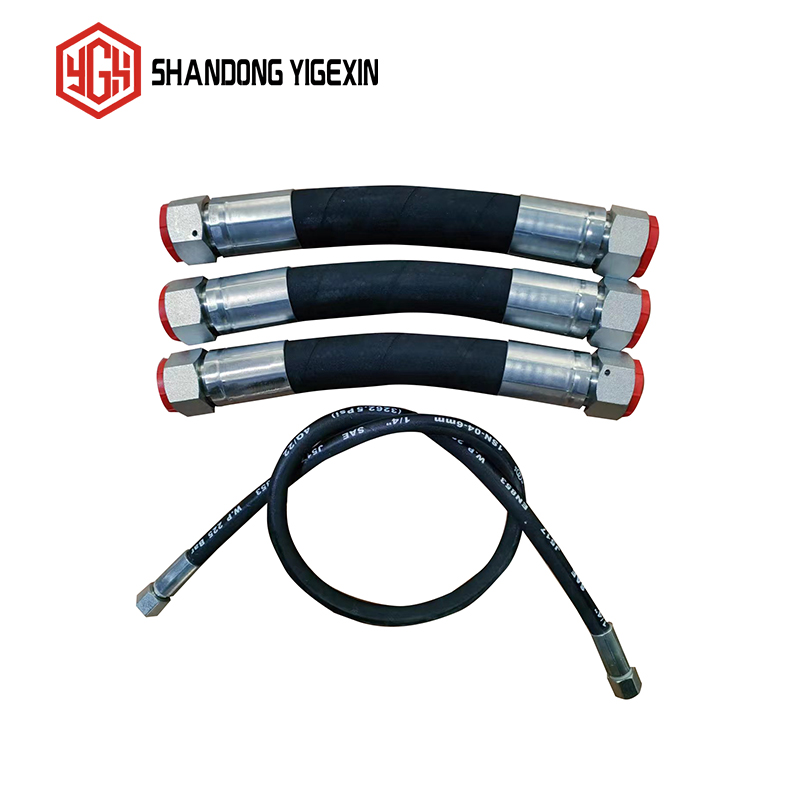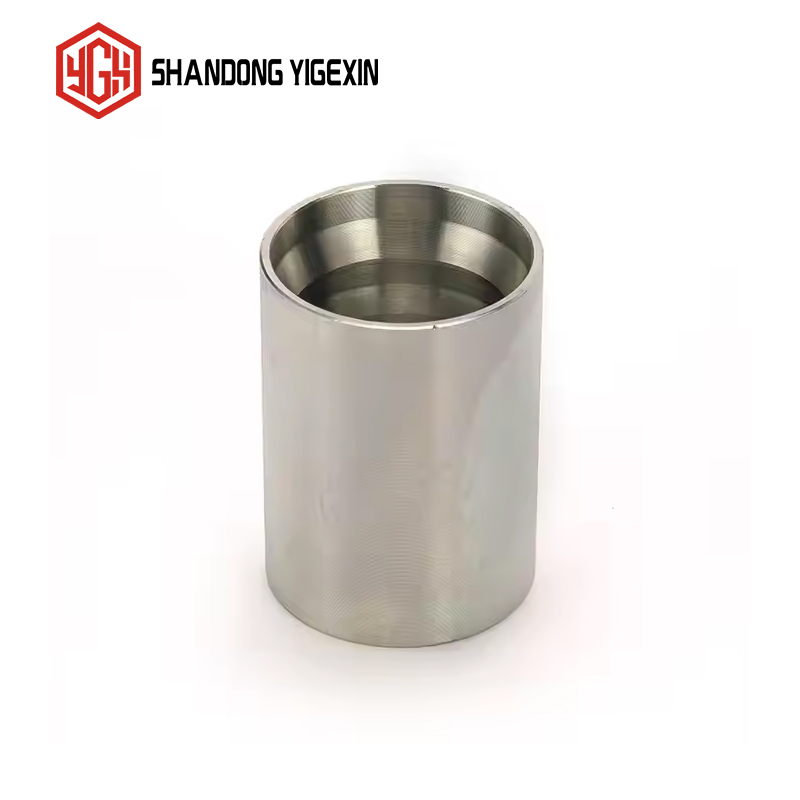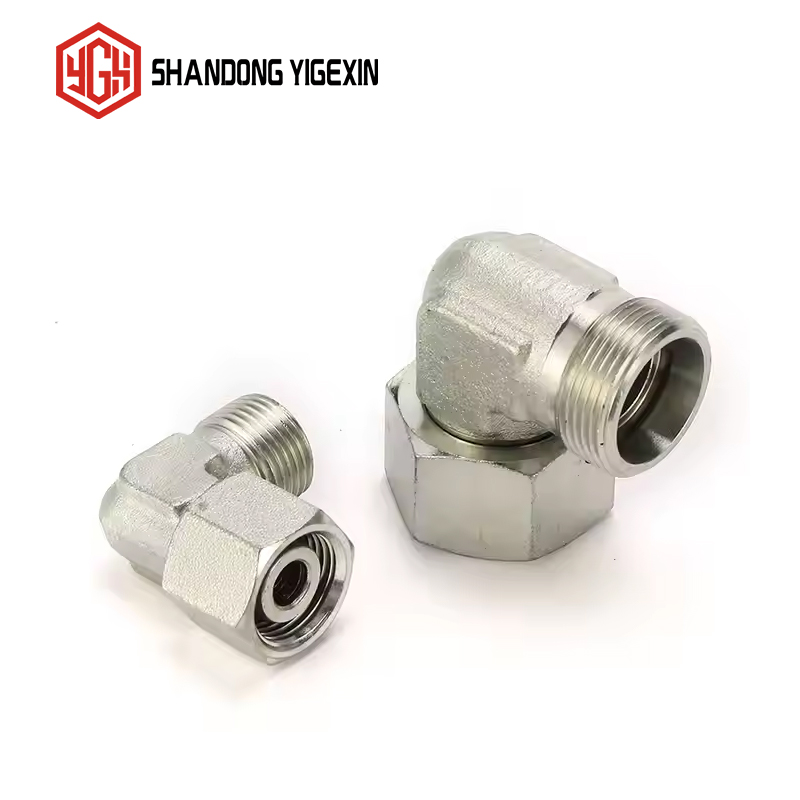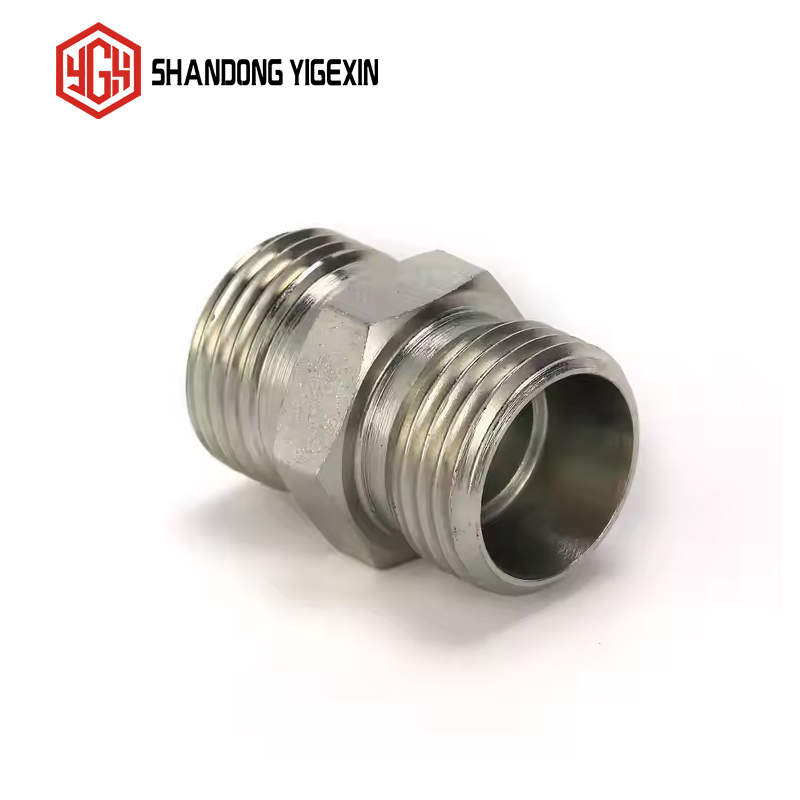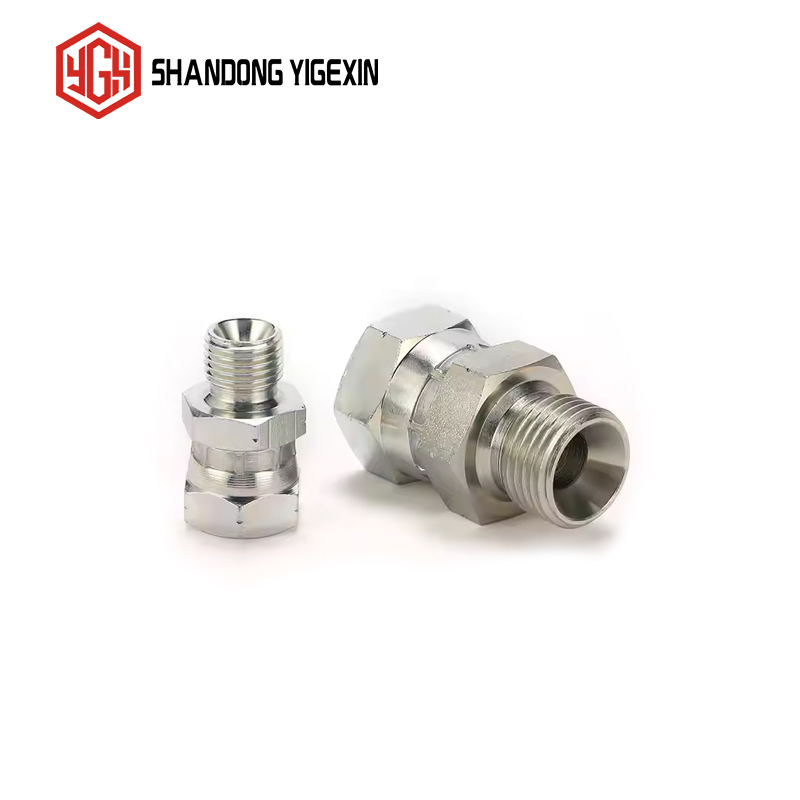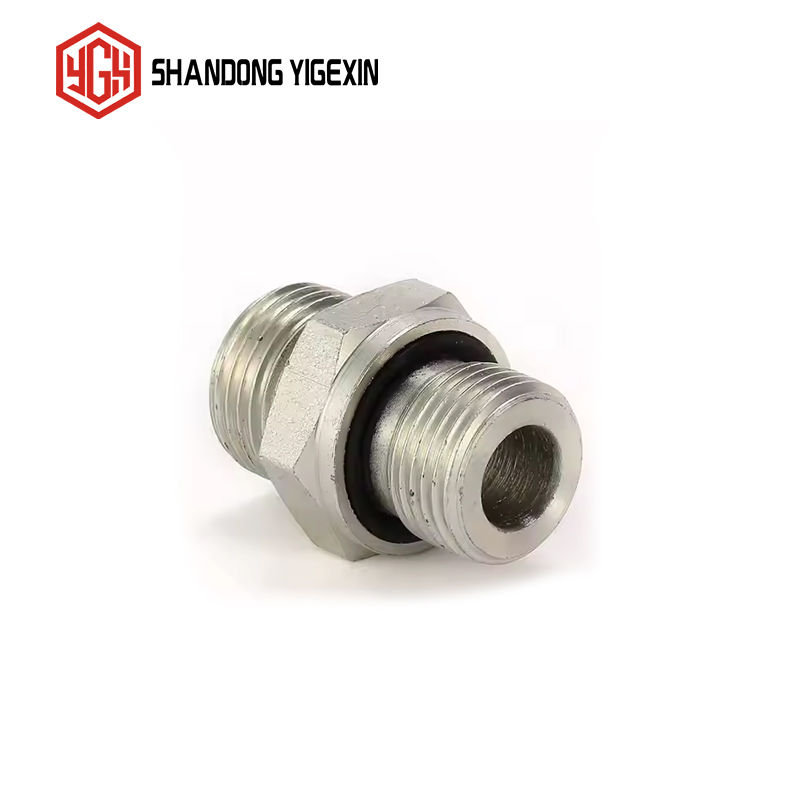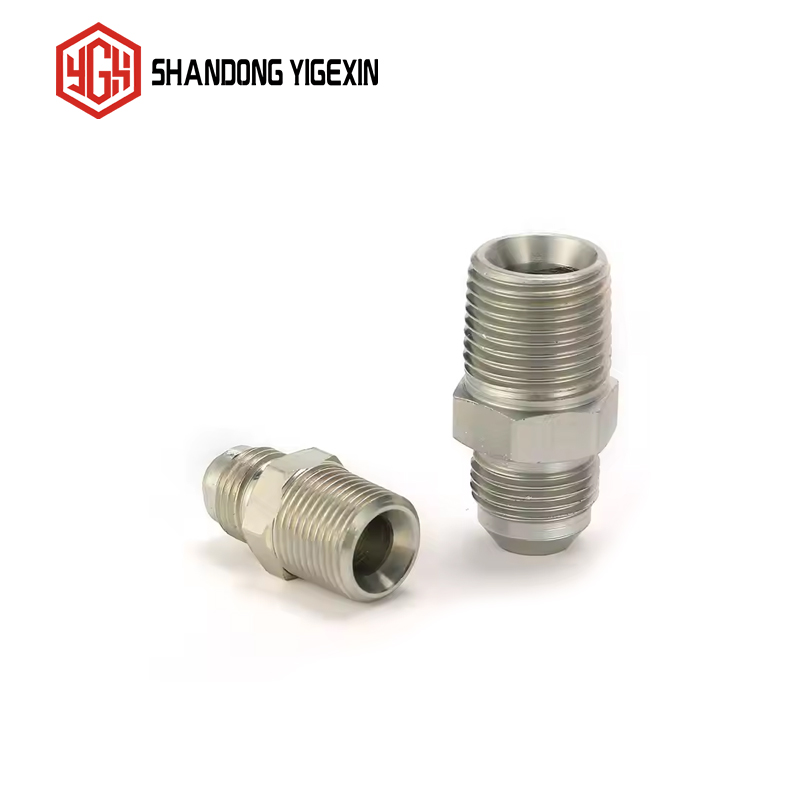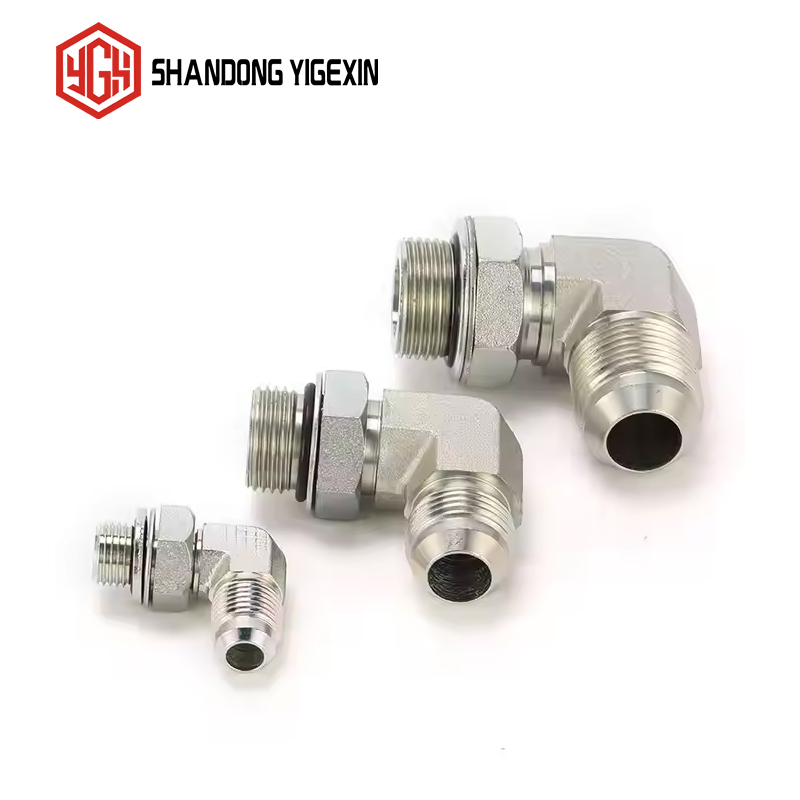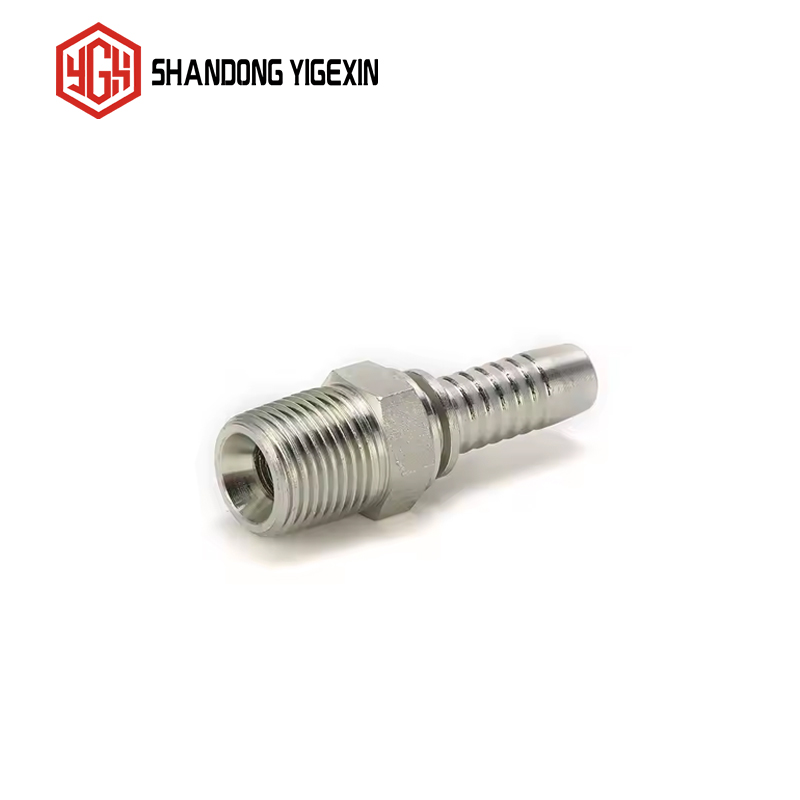As a key component for achieving quick connection and disconnection in hydraulic systems, the correct use of hydraulic quick couplings is directly related to the safety, stability of the system operation and the service life of the couplings. To avoid equipment failures, leaks, personal injuries and other problems caused by improper operation, the following usage precautions are formulated:
1. Precautions Before Installation
1. Model Matching Check: Strictly confirm that the model and specification of the coupling are fully compatible with the working pressure, medium type, flow rate requirement and connection size of the hydraulic system. Couplings with different pressure levels and medium compatibility are strictly prohibited from being mixed. For example, couplings used in low-pressure systems cannot be used in high-pressure scenarios, otherwise it may cause dangers such as coupling burst and medium injection.
2. Appearance and Condition Inspection: Carefully check whether the coupling surface has cracks, deformation, corrosion, scratches and other damages; check whether key components such as seals and valve cores are intact, and whether there are aging, damage and falling off; confirm that the connecting threads, buckles and other structures of the coupling are not damaged and can be normally engaged or locked. If any abnormality is found, installation and use are strictly prohibited.
3. Cleaning Treatment: Before installation, the connection port, internal channel and seal part of the coupling must be thoroughly cleaned to remove oil stains, iron filings, dust and other impurities. It can be rinsed with a cleaning solvent compatible with the system medium, and then wiped dry with a clean lint-free cloth. Residual impurities may cause seal failure and valve core jamming, thereby affecting the normal operation of the system.
4. Preparation of Installation Tools: Prepare appropriate special tools (such as torque wrench, adjustable wrench) according to the connection method of the coupling (threaded connection, flange connection, etc.). Avoid using inappropriate tools to cause thread damage of the coupling or insufficient/excessive installation torque.
2. Precautions During Installation
1. Installation Environment Requirements: Choose a dry, clean environment without dust and corrosive gas for installation. If installation is required outdoors or in harsh environments, protective measures (such as adding a protective cover) must be taken to prevent impurities from invading or the coupling being corroded by the environment.
2. Correct Alignment and Connection: When connecting, ensure that the axes of the male and female ends of the coupling are aligned. Avoid forced inclined butt joint to prevent damage to the valve core and seal. For threaded couplings, manually screw them until they fit, then tighten them with tools according to the specified torque. Do not over-tighten to avoid thread slipping or compression deformation of the seal; for buckle-type couplings, a "click" sound must be heard to confirm complete clamping and ensure reliable locking.
3. Seal Installation: When installing the seal, confirm that the model and material are compatible with the coupling, and the installation direction is correct to avoid twisting and flipping. If necessary, a small amount of grease compatible with the system medium can be applied to the surface of the seal to enhance the sealing performance and reduce installation resistance, but excessive grease must be avoided from entering the system.
4. Pipeline Stress Relief: After the connection is completed, check whether the coupling and the connected pipeline have tension, torsion and other stresses. If so, adjust the pipeline layout in time to release the stress and prevent the seal failure of the coupling or pipeline damage caused by long-term stress.
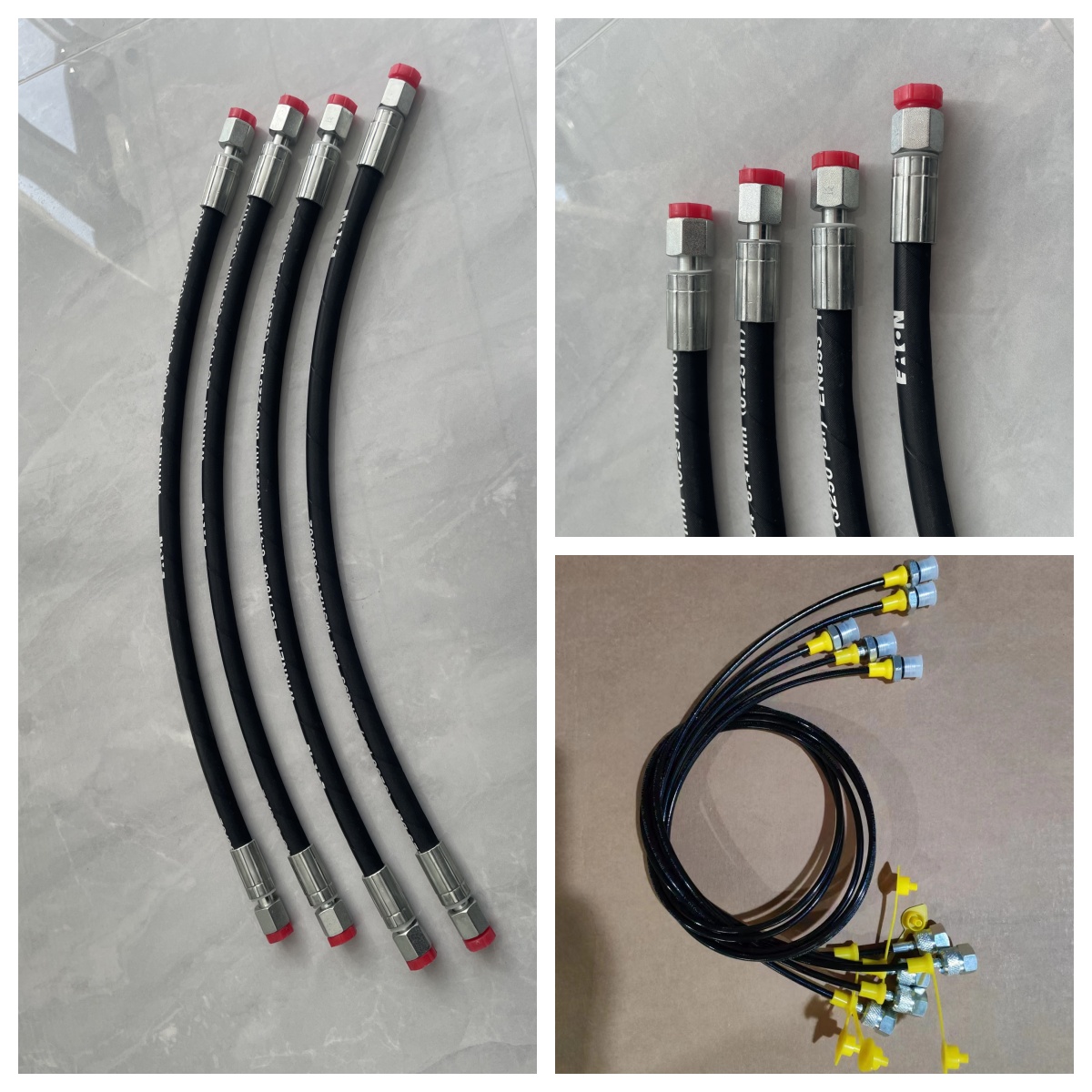
3. Precautions During Operation
1. Pressure Control Requirements: Strictly abide by the rated working pressure of the coupling, and it is strictly prohibited to operate beyond the rated pressure. When starting the system, the pressure should be increased slowly to avoid instantaneous high-pressure impact damaging the internal structure of the coupling; for systems with large pressure fluctuations, a pressure buffer device must be installed.
2. Medium Compatibility Confirmation: Ensure that the hydraulic medium delivered is compatible with the material of the coupling (such as shell material, seal material) to avoid the medium corroding the coupling components. If it is necessary to replace the hydraulic medium, the compatibility between the new medium and the coupling must be confirmed first, and the compatible seal should be replaced if necessary.
3. Connection and Disconnection Operation Specifications: Before disconnecting the coupling, the system pressure source must be turned off first. After the system pressure drops to a safe range (usually close to atmospheric pressure), the disconnection operation is performed. It is strictly prohibited to plug and unplug under pressure to prevent medium injection from injuring people or damaging the coupling. After disconnection, dust caps or plugs should be installed on the ports of the male and female ends of the coupling in time to prevent impurities from invading; before reconnecting, the ports and the inside of the dust caps should be cleaned. When connecting, confirm that the port is clean, align it and operate smoothly, and avoid forced plugging and unplugging.


